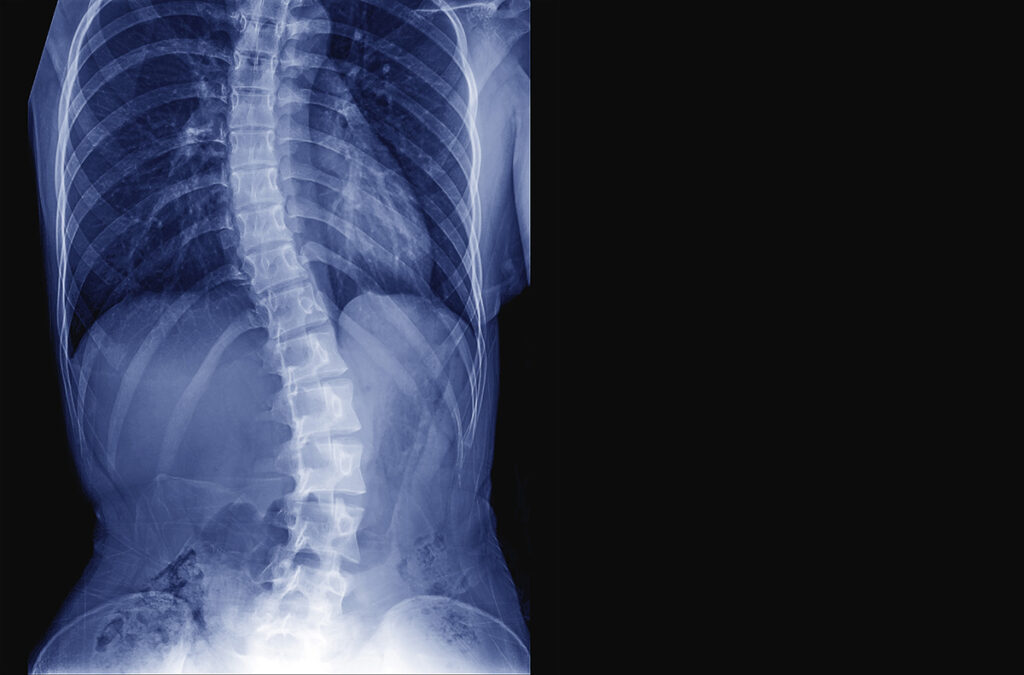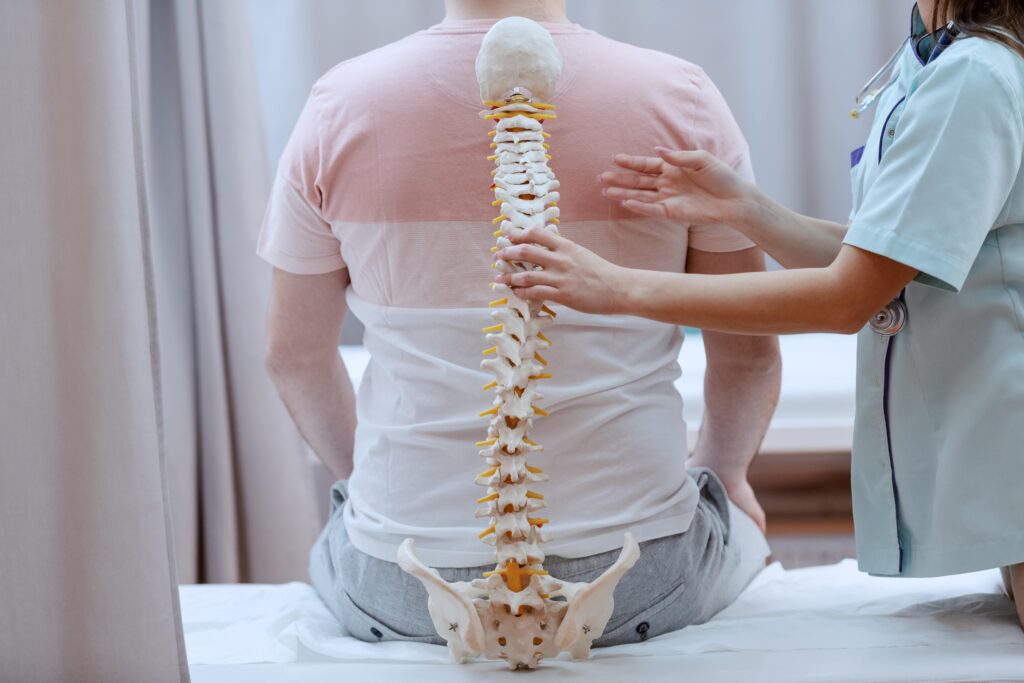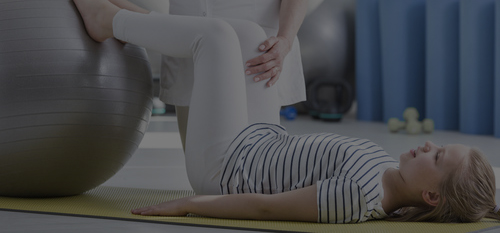SCOLIOSIS
Scoliosis Is A Lateral Curvature In The Normally Straight Vertical Line Of The Spinal Column.
A Healthy Spine, When Viewed From The Side, Has A Natural Curvature.
When viewed from the back, it should look like a straight line. A spine that is affected by scoliosis appears to have a lateral (side to side) curve when viewed from the back. When viewed from the side, a person with scoliosis will have a spine with a mild roundness in the upper back and with a certain degree of swayback, or inward curvature, in the lower back.

Symptoms of Scoliosis
In children and teenagers, scoliosis often doesn’t have any easily noticeable symptoms. The problematic curvature to the spine might not cause any pain, and it if is mild it might even go unnoticed.
Without an X-ray of the spine, there are several physical symptoms that might manifest themselves that indicate the possible presence of scoliosis. The Adam’s Forward Bend Test, in which the individual bends from the waist and reaches towards the toes, is one of the most commonly administered tests to detect scoliosis. The medical professional will observe for one or more of the following symptoms:
- One shoulder positioned higher than the other
- One shoulder blade sticking out more than the other
- One side of the rib cage positioned higher than the other
- One hip positioned higher or more prominent than the other
- Uneven waist
- Body tilted to one side
- One leg appearing shorter than the other
What Causes Scoliosis?
There are different types of scoliosis and a variety of causes, including:
- Congenital scoliosis: caused by bone abnormality at birth
- Neuromuscular scoliosis: caused by abnormal muscles or nerves
- Degenerative scoliosis: can result from traumatic bone collapse, previous major back surgery or osteoporosis
- Idiopathic scoliosis: no specific identifiable cause

Scoliosis Surgery
Scoliosis surgery is an option when non-surgical treatments fail to improve the curve of the spine.

HIGHER RISK IN FEMALES
Approximately 2% To 3% Of Americans At Age 16 Have Scoliosis. Overall, Girls Are More Likely To Be Affected By The Condition Than Their Male Counterparts.The Risk Of Curvature Progression Increases During Puberty When The Growth Rate Of The Body Is At Its Fastest. Scoliosis With Significant Spinal Curvature Is More Common In Females Because They Tend To Have Curves That Have A Greater Probability Of Progression.
